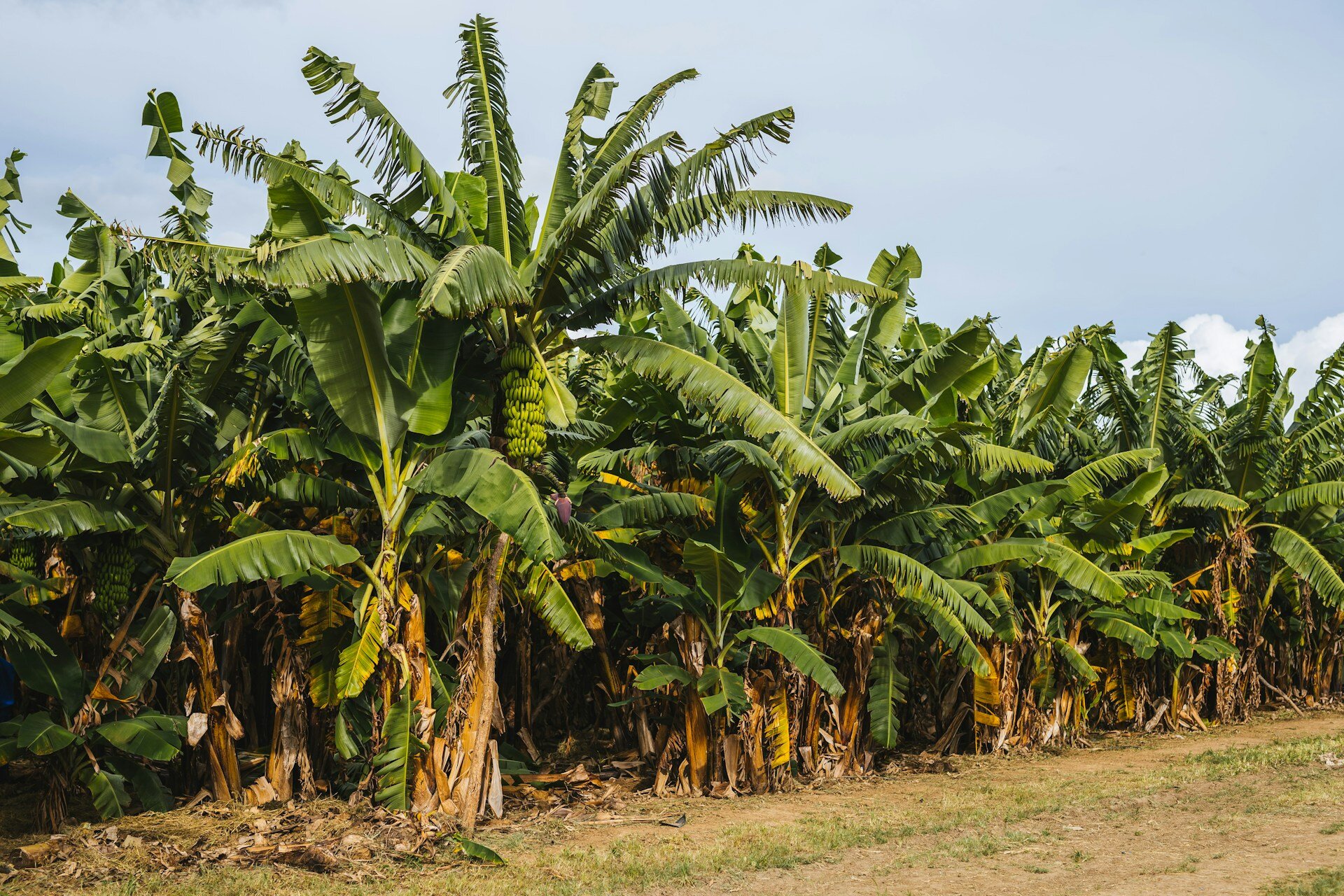Far North Queensland water efficiency project a boon for local growers

Growers across the Atherton Tablelands in Far North Queensland have access to 38% more water for irrigation this year thanks to the impressive results of the Mareeba Dimbulah irrigation efficiency project.
Delivered by Sunwater, and jointly funded by the Queensland and Federal Government, the $32.54 million modernised the Mareeba-Dimbulah Water Supply Scheme with kilometers of new pipeline and automated irrigation channel control gates, and upgraded water offtakes.
Water validation assessments have confirmed at least 11,500 ML will be saved annually – equivalent to 4600 Olympic swimming pools – far exceeding the project target of 8306 ML.
With more than 17,000 hectares of farmland, the Atherton Tablelands is one of Queensland’s most significant food bowls. Water availability is a key driver for economic growth in the region, with water savings expected to deliver more than $20 million per year in increased production.
Minister for the Environment and Water Tanya Plibersek said the improvements to the Mareeba-Dimbulah Water Supply Scheme have been a huge success, with more water available for growers being an excellent outcome for the region.
“It’s fantastic to see this project save even more water than expected, meaning more water goes back to a region known as one of Queensland’s most productive food bowls,” she said.
“This is a huge win for growers in the Tablelands who can produce more of the fresh foods Australians rely on and love.”
Sunwater CEO Glenn Stockton said the infrastructure improvements have helped to make the Mareeba-Dimbulah Water Supply Scheme more responsive to water demands, reducing overflow losses and allowing for more controlled and regulated water delivery.
“Sunwater is pleased this complex modernisation project will now boost water reliability and service delivery to our customers across the Mareeba-Dimbulah region,” he said.
“The new automated channel gates measure and regulate water flow, which improve the supply scheme’s ability to meet grower demand, as well as make more water available.
“The more than 11,500 ML will be the first new water available in the scheme this century and we look forward to seeing how it will bring increased prosperity for the region.”
Road to modernisation
Cropping in the Mareeba district is almost a century old, with tobacco farming starting in the 1920s. However, in the following decades, consistency of water supply became an ongoing challenge, Sunwater Far North Operations Manager Andrew Cooper said.
“In 1952, the decision was made to build Tinaroo Falls Dam and the water supply scheme was established,” he said.
“The dam, which sits on the Barron River 100kms inland from Cairns, was completed in 1958 and a network of channels was built to deliver water to hundreds of farms across the scheme.
“Now, many years later, tobacco production has been replaced with alternate cropping, and more than 375kms of channels and pipelines deliver water from the dam to grow a huge diversity of crops, including sugar cane, mangoes, bananas, pawpaw, citrus, avocados and coffee.
“Water is also released into the Barron River for environmental purposes and to provide an assured supply to the Barron Gorge Hydro Electric Power Station at Kuranda.”
Cooper said outflows from Tinaroo Falls Dam and water releases have historically been distributed through a manually operated, open channel system.
“As part of this distribution process, an amount of water would often be lost through processes such as seepage, evaporation and losses from the end of channels. The total volume of distribution losses could at times be in the hundreds of megalitres per month,” he said.
“In an effort to reduce these losses, Mareeba-Dimbulah Water Supply Scheme Efficiency Improvement Project was undertaken to improve the operating and distribution efficiencies of the scheme and reduce operational water losses at key outflow locations.”
Controlling flows
In total, the project replaced and installed 14kms of pipeline, installed 125 automated control gates in irrigation channels, and upgraded 157 water offtakes, Cooper said.
“The new automated channel gates measure and regulate water flow, which subsequently improves the scheme’s ability to respond directly to grower demand for water while reducing system losses,” he said.
“The gates and new pressured pipelines also reduce the volume of distribution losses, making much more water available for irrigation needs.”
Cooper said the new water available for sale will be the first new water available for permanent purchase in the Mareeba Dimbulah Water Supply Scheme since the 1990s.
“Once [water saving] information was finalised, new water allocations were made available for sale for the first time in more than 25 years,” he said.
“An auction for the new water was held during May of 2024 with parcels ranging in size from 5 ML up to 500 ML. The auction ensured a fair and transparent market-led process and allowed access to local growers and other interested parties of all business sizes.
“It will enhance water delivery to more than 17,000 more hectares of Far North Queensland farmland. The additional water will allow growers to expand or diversify their operations.
“Sunwater is now investigating upgrades to the remainder of the channel system to inform the Tablelands Regional Water Assessment, being delivered by the Department of Regional Development, Manufacturing and Water.”

